If you’re anything like me, you’re always looking for simple ways to help your garden do better without spending too much money. Epsom salt, that stuff sitting in many bathroom cabinets, might be a secret helper your plants have been waiting for.
But what if you’ve never used Epsom salt in your garden before? Is it really worth trying, or just another gardening myth?
Read on…spoiler alert: YOUR PLANTS MIGHT THANK YOU!
1. Grow More Nightshades
Growing nightshades like peppers, tomatoes, eggplants, and potatoes can be highly rewarding. To encourage greater yields, ensure these plants receive plenty of magnesium. One effective method is by using Epsom salt, which not only boosts growth but also improves flavor.
To enhance your nightshades, add 1 tablespoon (15 ml) of Epsom salt around the base of each plant. If you prefer faster absorption, dissolve the salt in a gallon (3.8 liters) of water and use this mixture for watering.
Repeat this process every two weeks for the best results, ensuring your garden thrives with rich, flavorful nightshades.
2. Repel Garden Pests
Garden pests can be incredibly frustrating, especially after you’ve put in so much effort. Epsom salt can be an effective tool to combat these unwanted visitors. While it doesn’t eliminate snails and slugs like table salt, it does irritate them enough to keep them away.
Epsom salt functions similarly to diatomaceous earth in warding off pests. One thing to keep in mind is that because Epsom salt is water-soluble, you will need to reapply it regularly to maintain its effectiveness.
3. Sweeten Your Fruit
Adding Epsom salt to fruit-bearing trees, bushes, and vines can enhance their sweetness by boosting the plant’s chlorophyll levels. Increased chlorophyll means the plant has more energy to produce sugar, resulting in sweeter fruit for you to enjoy.
4. Prevent Transplant Shock
Transplant shock can occur when plants started indoors are moved outside or when established potted plants are transferred to larger pots, often due to root damage during the process. Epsom salt can mitigate this issue.
If your plants are suffering from transplant shock, apply Epsom salt by either sprinkling it on the topsoil near the plant’s base and then watering, or by placing some salt in the hole or planter before adding your plant. Cover the salt with a bit of soil before planting to help your plants recover.
5. Maintain Green Leaves
Ensure your plants receive sufficient magnesium to prevent their leaves from turning yellow. One effective method is to use Epsom salt.
You can apply 1 tablespoon (15 ml) per 12 inches (30 cm) of plant height once a month. This simple practice helps maintain the vibrant green color of your plants’ leaves.
6. Kill Weeds
Weeding can be a daunting task, but Epsom salt can make it easier. Combine two cups of Epsom salt with a gallon of vinegar and a small amount of liquid dish detergent. Use a spray bottle to apply this mixture to weeds. It will effectively kill them without much effort.
Note: Avoid spraying this mixture on plants you wish to keep, as it is very potent and will kill them as well.
7. Fertilize Your Lawn
To achieve a vibrant lawn, consider increasing its magnesium content. Using Epsom salt effectively enhances grass health. Dissolve 3 pounds (1.35 kg) of Epsom salt in water for every 1,250 square feet (116 square meters) of lawn and ensure thorough watering afterward.
8. Remove Tree Stumps
Removing tree stumps can be expensive. If budget is tight, Epsom salt offers an affordable solution. Drill holes into the stump and fill them with Epsom salt. Within weeks, the stump will start to rot.
9. Enhance Rose Blooms
Enhancing the beauty of your roses can be achieved by incorporating Epsom salt into their growth process. This practice promotes larger, more vibrant blooms.
Simply add Epsom salt when you plant your rose bushes and again during their blooming phase. The deeper, richer colors of the flowers will be a testament to your efforts, ensuring your garden remains a stunning sight.
10. Remove Splinters
Gardening can often result in splinters. To handle these, mix 2 tablespoons (30 ml) of Epsom salt with water and soak the affected area.
This method helps the splinter work its way out of the skin naturally. Epsom salt’s properties make it effective for this purpose.
11. Treat Palm “Frizzle Top”
In regions where palm trees flourish, yellowing at the top of the trees is a frequent sight. This condition, known as “frizzle top,” occurs due to magnesium deficiency.
To remedy this, mix Epsom salt with water and spray the solution on both the crown and the base of the palm trees. This treatment helps in restoring their vibrant, healthy appearance.
12. Cure Leaf Curling
Leaf curling often indicates a magnesium deficiency. To address this problem, mix 1 tablespoon (15 ml) of Epsom salt into the soil surrounding the plant. This adjustment can help restore your plant’s health.
13. Revive Potted Plants
Plants in containers can lose magnesium quickly. To address this, you should add 2 tablespoons (30 ml) of Epsom salt to the soil around them once a month. This approach helps keep your potted plants healthy and vibrant.
14. Boost Nutrient Absorption
Adding Epsom salt to the soil around your plants can significantly enhance their ability to absorb nutrients. This practice reduces the need for heavy use of commercial fertilizers. Magnesium, a key component in Epsom salt, is essential for effective nutrient absorption.
15. Revitalize Ferns
Yellow and dull-looking ferns can be revitalized using Epsom salt. To achieve lush, dark foliage, mix 1 tablespoon (15 ml) of Epsom salt with a gallon (3.8 liters) of water. Spray the solution on ferns and similar plants like elephant ear.
Epsom salt, with its multiple benefits, can significantly improve your home garden. Notably, it enhances leaf color, boosts nutrient absorption, improves the flavor of fruits and vegetables, prevents transplant shock, and even deters pests. Incorporating Epsom salt into your gardening routine can yield impressive results.
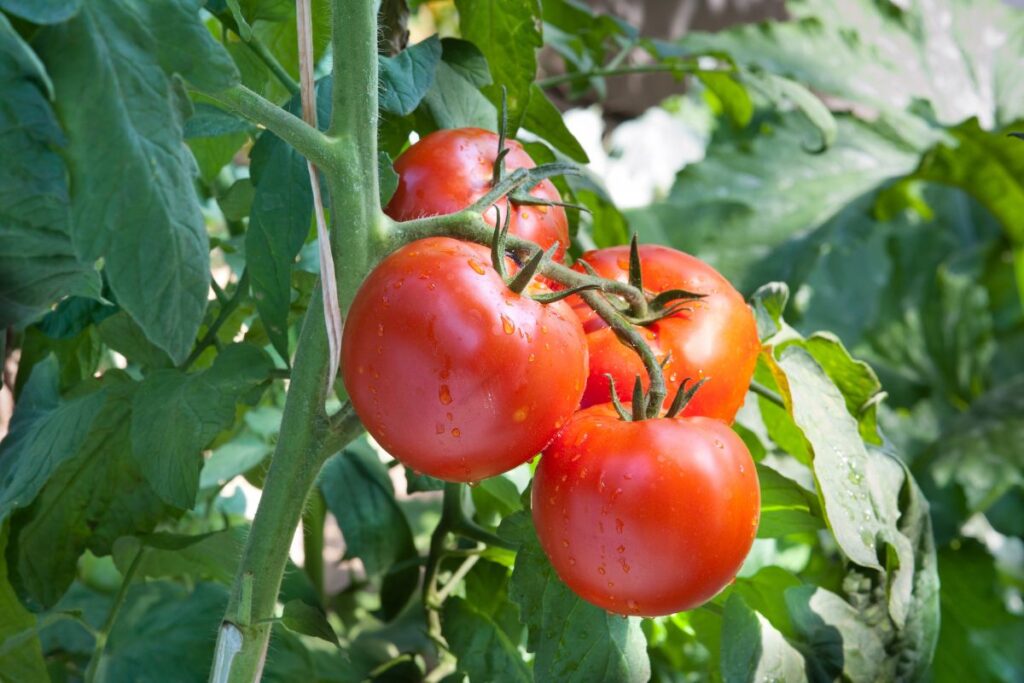


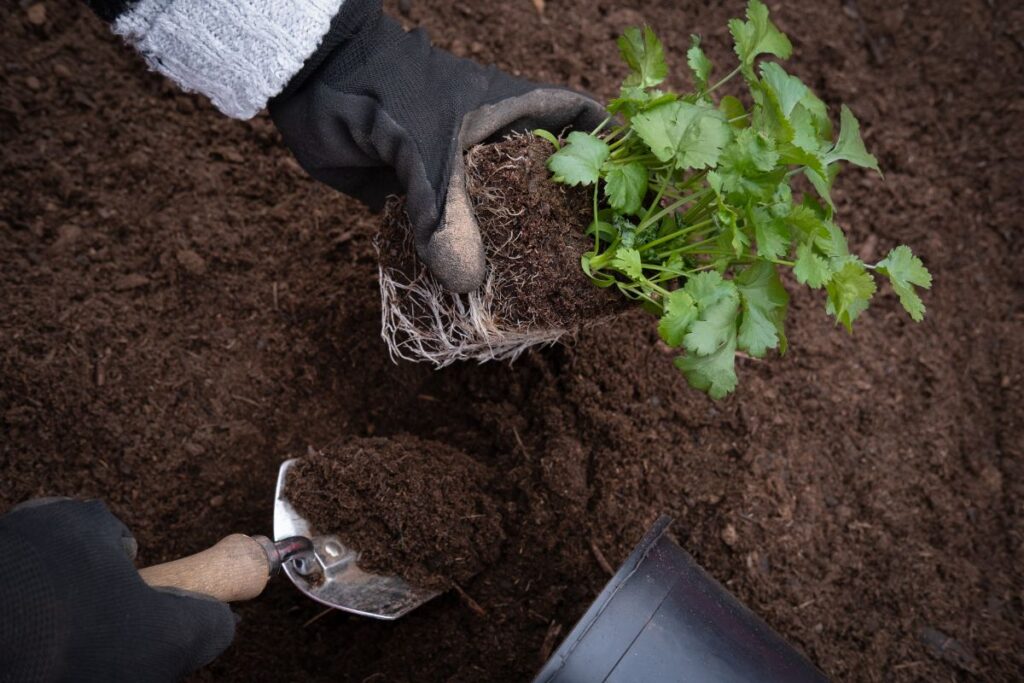
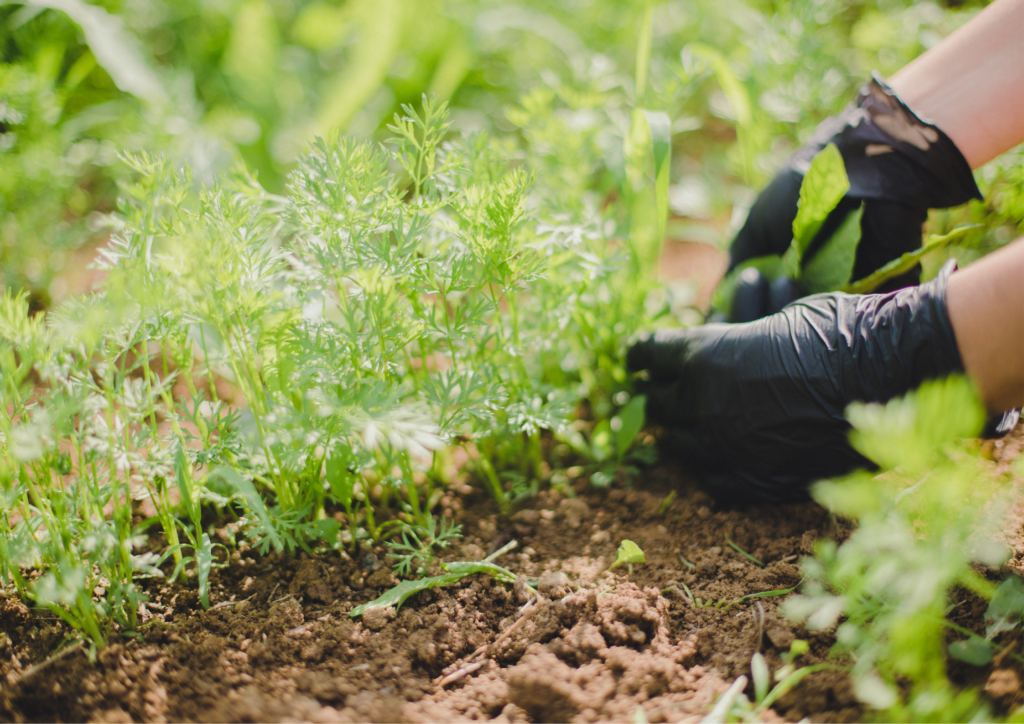
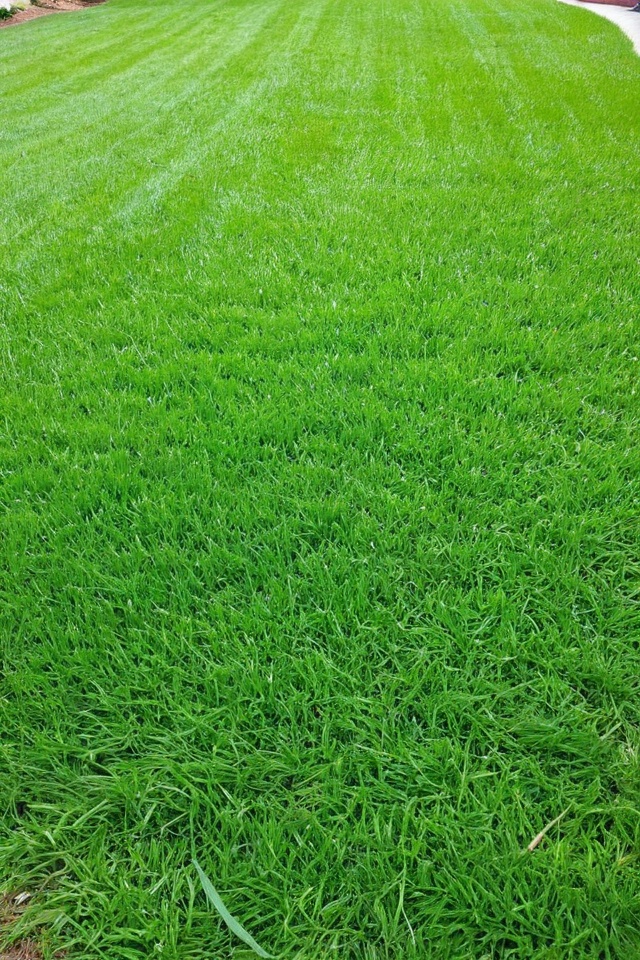
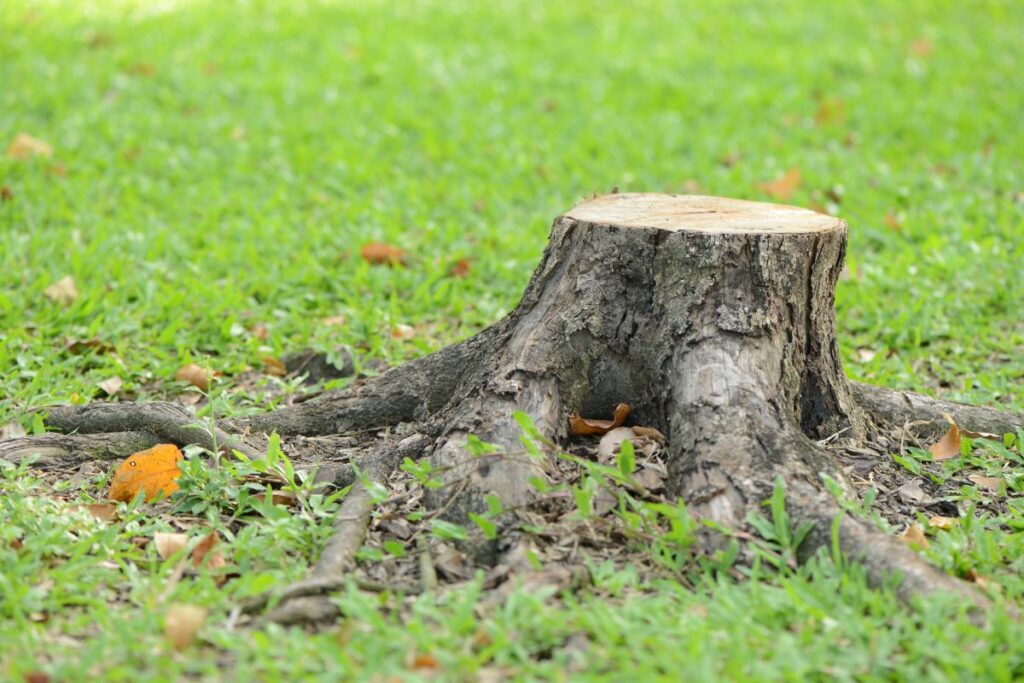
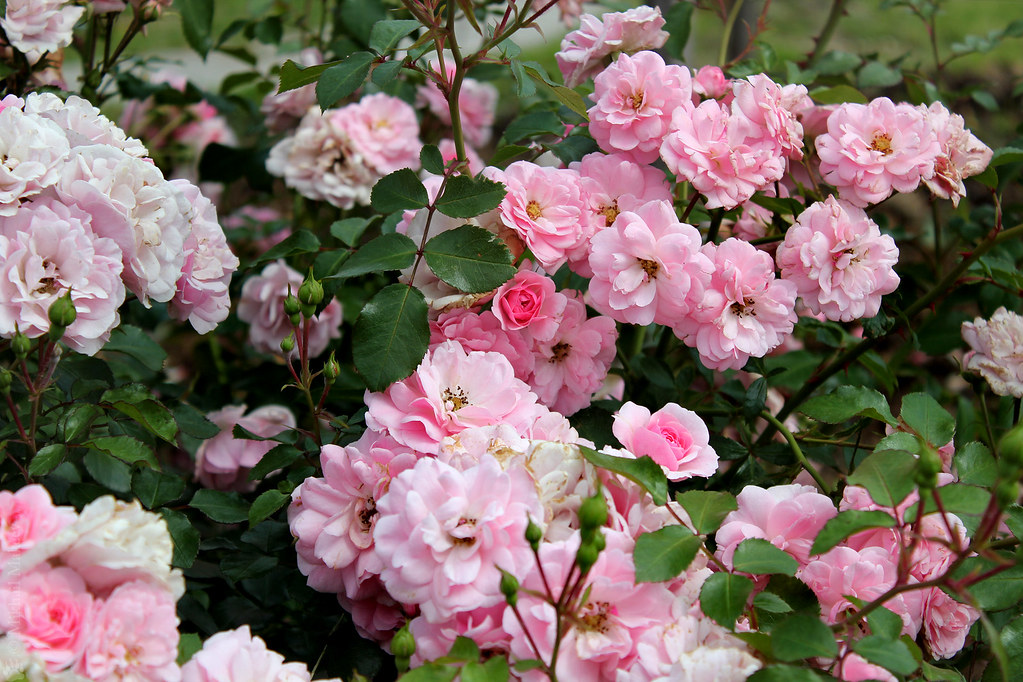
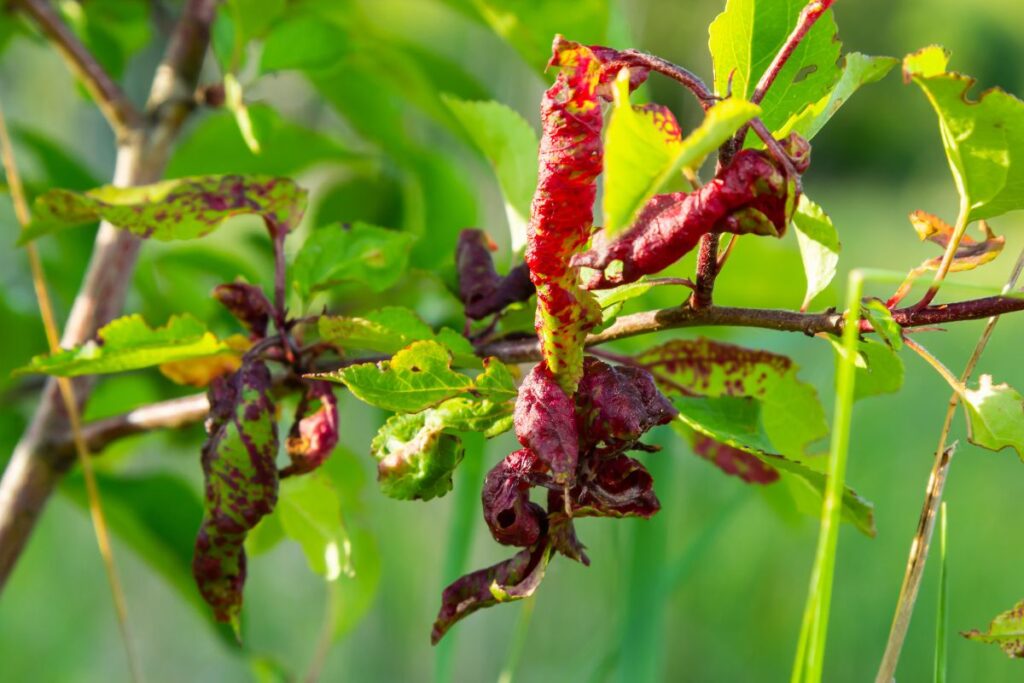



Thanks for sharing
good advice 👍
can’t wait to try it
emsomsalt not dammage the plants
what is good time to give Epsom salt